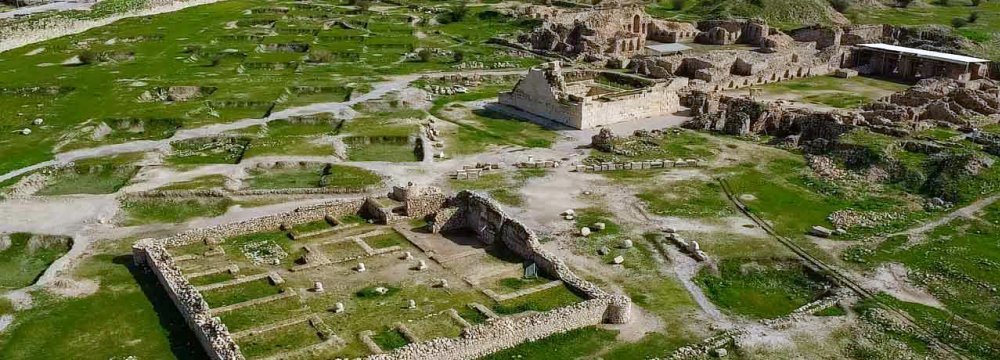Sassanid Archaeological Landscape of Fars Region has been inscribed into UNESCO World Heritage list during the 42nd session of World Heritage Committee held in Manama, Bahrain. After several meetings of debate in Bahraini capital city of Manama, the World Heritage Committee on Saturday inscribed Sassanid Archaeological Landscape of Fars Region in Iran on UNESCO’s World Heritage List. […]
Sassanid Archaeological Landscape of Fars Region has been inscribed into UNESCO World Heritage list during the 42nd session of World Heritage Committee held in Manama, Bahrain.
After several meetings of debate in Bahraini capital city of Manama, the World Heritage Committee on Saturday inscribed Sassanid Archaeological Landscape of Fars Region in Iran on UNESCO’s World Heritage List.
The committee was made up of members from Angola, Australia, Azerbaijan, Bahrain, Bosnia and Herzegovina, Brazil, Burkina Faso, China, Cuba, Guatemala, Hungary, Indonesia, Kuwait, Kyrgyzstan, Norway, Saint Kitts and Nevis, Spain, Tunisia, Uganda, United Republic of Tanzania, and Zimbabwe.

The UNESCO World Heritage Committee meets annually to review additions to the list, which must be deemed of “outstanding universal value” to warrant inclusion. Representatives from 21 countries assess the options.
The first list was published in 1978 and included Yellowstone National Park in the United States and the Galapagos Islands of Ecuador.
Four decades later, UNESCO World Heritage status is highly coveted among tourist destinations across the world, often credited with bringing in more visitors.
This year’s nominees fall into different categories. Some are cultural properties such as the Caliphate City of Medina Azahara, a palatial city built in the 10th century near Cordoba, Spain. This one-time Arab Muslim medieval town is now a collection of vast, beautiful ruins.
Natural sites are also being examined. These include South Africa’s Barberton Makhonjwa Mountains and the awe-inspiring Fanjingshan Mountain in China.





























